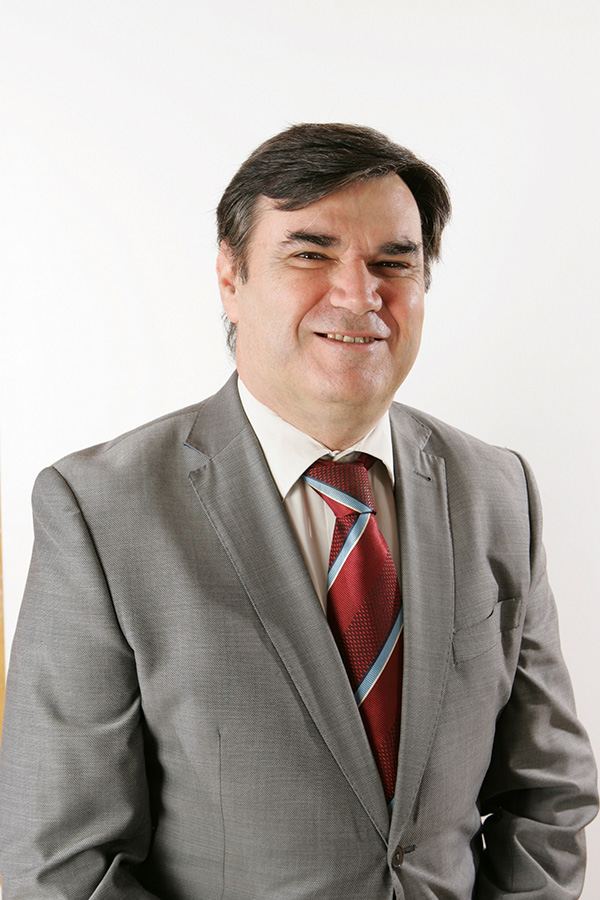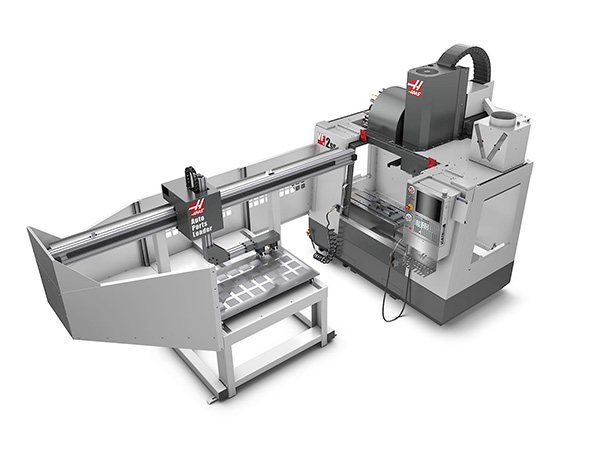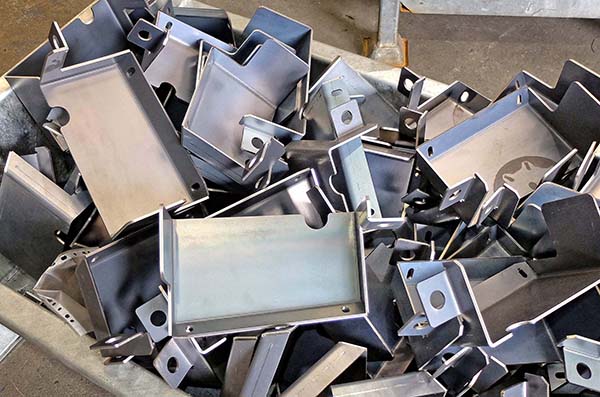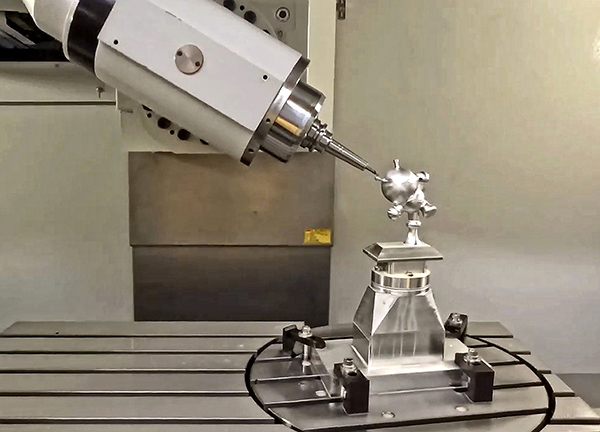Newly introduced to the market is the Haas Mill APL (Automatic Parts Loader), a simple way to automate part production on the company’s small VF-series vertical machining centres.

The unit integrates seamlessly with the Haas control, and features a simple set-up interface that will have users fully automated in minutes, loading and unloading parts for unattended machining. According to Haas, running the APL for just four extra hours per day could generate enough output to pay for the investment in as few as six months.
Designed for use on Haas VF-1, VF-2, VF-2SS, VF-2YT, VF-2SSYT and VM-2 vertical machining centres, an easy-to-use interface in the Haas control guides users through a simple, step-by-step set-up process that ‘teaches’ the APL arm its positions. Parts measuring up to 152 by 152 mm in length and width can be handled by the APL grippers, while table load capacity is 454 kg. A light curtain is included for safe operation.
Workpiece management on the APL table is achieved by creating a grid pattern template of equally spaced rows and columns. Various part shapes, such as round, hexagonal and square, can be loaded, and grippers can be adjusted or modified to best-fit specific customer components.
Programming is achieved directly through the Haas control, and set up using the Haas APL interface, which guides the operator through the steps necessary for quick programming. Answering simple questions, the operator enters basic information by positioning the grippers and pushing a single button to record position, or by entering basic numeric values. All values are calculated automatically by the control, and the APL is ready to go.
For further information www.haas.co.uk
























